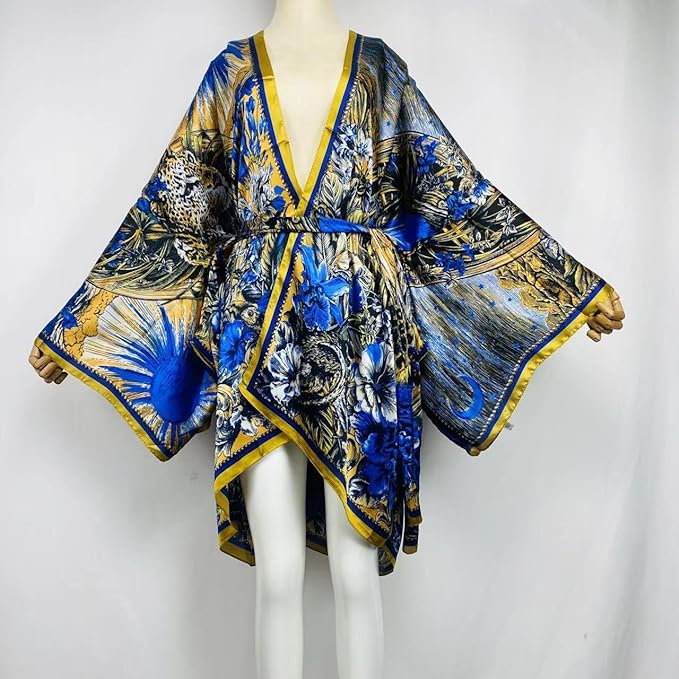The robe kimono, with its origins deeply rooted in Japanese culture, has emerged as a global fashion icon, transcending its traditional boundaries. This transformation reflects a growing appreciation for its unique design, versatility, and cultural significance. As the world becomes more interconnected, the kimono dress serves as a symbol of cultural dialogue, innovation, and sustainability in the world of fashion. We will explore the journey of the kimono dress from traditional wear to a modern fashion staple, its cultural impact and challenges, and the prospects of innovation and sustainability that lie ahead.
The Evolution of the Kimono Dress
Traditional Origins
The kimono, meaning “thing to wear,” has been an integral part of Japanese culture for centuries. Originally, it referred to a range of garments, but over time, it evolved into the well-recognized form we see today. Traditional kimonos are marked by their T-shape, beautiful fabrics, and intricate designs, reflecting the wearer’s status, age, and the season. This garment’s historical significance and artistry contribute massively to its timeless appeal. The meticulous craftsmanship involved in making a traditional kimono, from weaving to hand-painting, highlights a legacy of cultural dedication and skill.
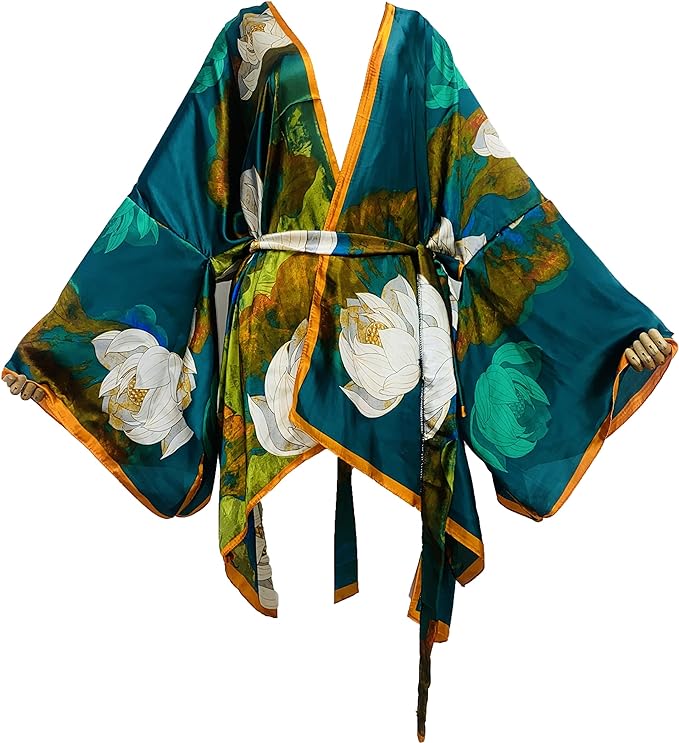
Modern Interpretations
The dress today has embraced modernity without shedding its illustrious heritage. Designers across the globe have been inspired to create contemporary versions of the kimono, which maintain the essence of its tradition while integrating styles and features suited for today’s fashion landscape. These modern interpretations range from casual, simplified versions to elaborate, fashion-forward statements, making the kimono dress a versatile choice for various occasions. By blending traditional elements with modern-day aesthetics, the kimono dress has become a bridge between the past and the present, appealing to a wide audience beyond its cultural origin.
A Global Fashion Icon
As the kimono dress has evolved, so too has its international appeal. What was once exclusive to Japanese culture is now a celebrated piece in wardrobes around the world. This worldwide appreciation speaks volumes about the global fashion community’s readiness to embrace and respect diverse cultural heritages. The kimono dress’s unique silhouette, fabric, and patterns have inspired fashion movements and have been included in collections by renowned international designers. Through this global journey, the dress for women has become more than just clothing; it is a statement of cultural appreciation, diversity, and inclusion.
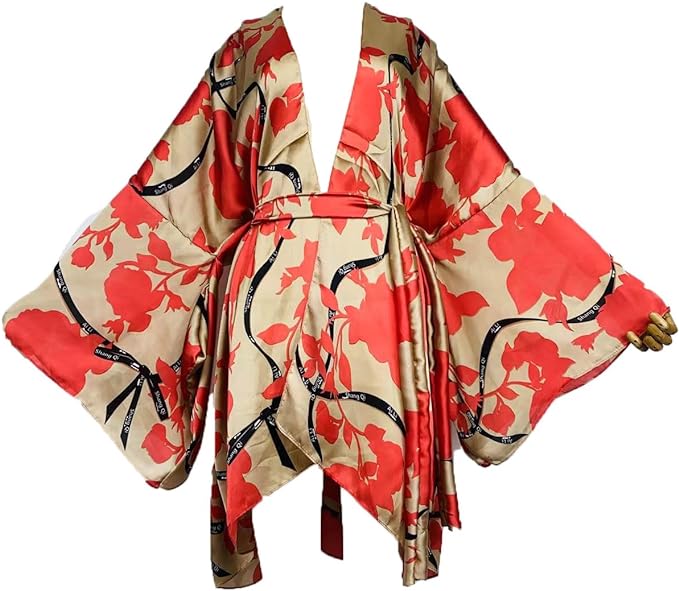
The Cultural Impact and Challenges
Promoting Cultural Appreciation
The kimono dress serves as a powerful tool for cultural exchange and understanding. Its global prominence has sparked interest in Japanese culture, prompting individuals to explore the history, traditions, and artistry behind this garment. Fashion enthusiasts and designers are increasingly acknowledging the importance of preserving the cultural integrity and significance of the kimono dress while incorporating it into modern fashion. This cultural appreciation fosters a deeper connection between people of different backgrounds, encouraging a shared respect for heritage and traditions.
Moreover, With the rising popularity of the kimono dress outside Japan, concerns regarding cultural appropriation have surfaced. The fine line between celebrating a culture and appropriating it can sometimes be blurred. It is crucial for fashion designers and wearers alike to approach the kimono dress with sensitivity and respect for its cultural heritage. Acknowledging its origins, understanding its significance. And giving credit to its traditional roots are essential steps in ensuring that appreciation does not turn into appropriation. This respect for cultural heritage is key to maintaining the authenticity and dignity of the kimono dress in the global fashion scene.
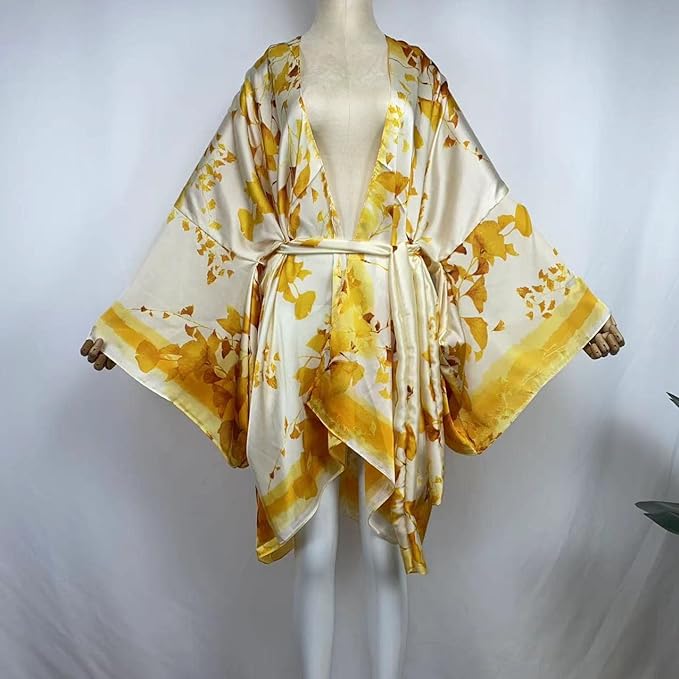
Preserving Authenticity Amidst Modernization
As the kimono dress becomes more embedded in modern fashion, preserving its authenticity and craftsmanship is a growing challenge. The demand for kimono dresses has led to mass production practices that often overlook the traditional artistry involved in creating these garments. To sustain the cultural and historical essence of the kimono dress. Efforts are being made to promote traditional techniques and materials, even in contemporary designs. This not only ensures the preservation of authentic craftsmanship but also supports artisans who have dedicated their lives to this art form. By balancing modernity with tradition, the kimono dress can continue to embody its rich heritage while evolving to meet modern fashion demands.
Prospects of Innovation and Sustainability
Harnessing Technology for Sustainability
Therefore, The intersection of technology and fashion opens new doors for making the kimono dress more sustainable and innovative. With the increasing awareness of environmental concerns, there is a push towards using eco-friendly materials and production methods. Digital fabrication, 3D printing, and smart textiles present opportunities to revolutionize the way kimono dresses are made. Reducing waste and energy consumption. These technological advancements allow for the creation of sustainable kimono dresses that do not compromise on quality or aesthetics. Aligning with the global shift towards conscious fashion choices.
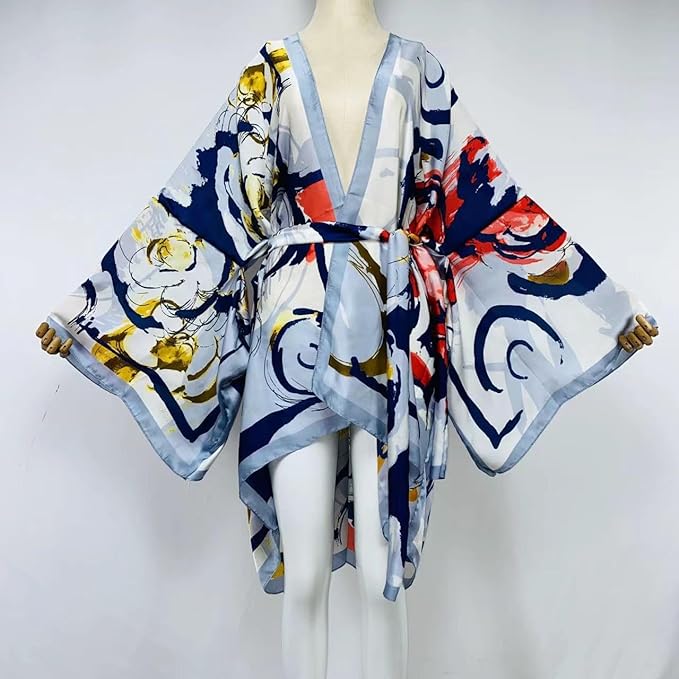
Personalization and Digital Platforms
The future of the kimono dress also lies in the realm of personalization and digital engagement. With the rise of online platforms and digital fabrication techniques, individuals have the opportunity to customize their kimono dresses,
selecting fabrics, patterns, and cuts that resonate with their personal style and cultural preferences. This level of personal customization caters to a market that values individuality and has an eye for detail. While also driving up interest in the traditional aspects of the kimono-making process. Furthermore, online spaces provide a stage for virtual try-ons and fittings. Harnessing augmented reality (AR) and virtual reality (VR) to enhance the customer experience. Allowing people to appreciate the kimono dress in entirely new and interactive ways.
Fostering Ethical Fashion
The aspect of sustainability hand in hand with ethical fashion practices presents a beneficial prospect for the future of the kimono dress. By supporting ethical labor practices and ensuring fair trade. The fashion industry can contribute to the wellbeing of artisans who preserve the traditional kimono-making skills. Emphasizing ethical production not only helps maintain the high quality and cultural authenticity of the kimono dress but also promotes a more responsible fashion industry. This approach encourages consumers to make mindful choices. Understanding the impact of their purchases on the environment and on the lives of the workers behind each garment.
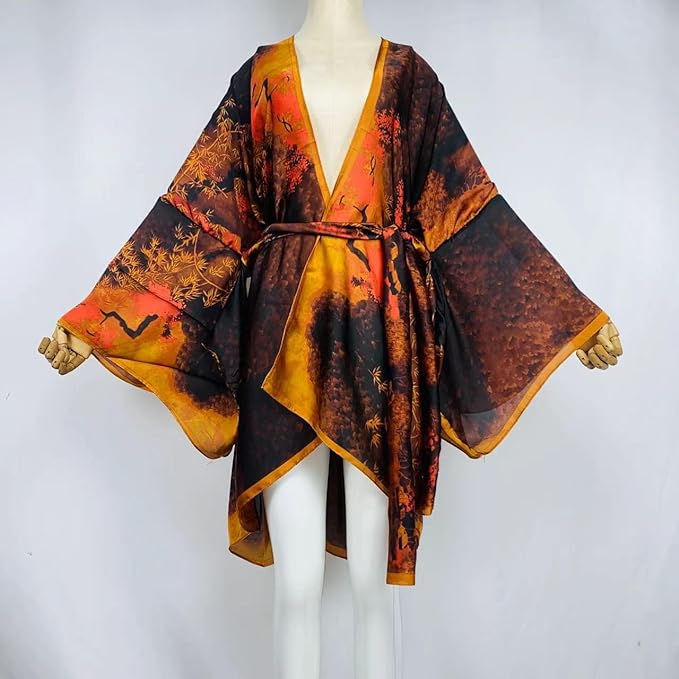
The Role of Digital Media and Education
Digital Media as a Cultural Bridge
Digital media serves as a vital connector between traditional kimono culture and contemporary audiences. Social networks, online marketplaces, and fashion influencers have become instrumental in sharing knowledge and raising awareness about the kimono dress. Through these channels, a virtual community of enthusiasts and designers exchange ideas, style inspirations, and care tips, ensuring that the traditional aspects of the kimono are respected and kept alive. This digital presence not only democratizes access to cultural garments like the kimono dress but also fosters a global community that values cultural heritage within the fashion industry.
Educational Initiatives and Cultural Exchanges
The preservation and continued relevance of the kimono dress are supported by various educational initiatives and cultural exchanges. Workshops, online courses, and museum exhibitions offer people the chance to learn about the art of the kimono, from its historic significance to its contemporary adaptations. Such programs increase the visibility and understanding of the craftsmanship behind the kimono dress. Promoting a greater appreciation of its role in fashion and culture. By engaging in these educational efforts. We not only ensure that the knowledge and skills associated with the kimono are passed down to future generations but also underline the importance of cultural sensitivity in global fashion trends.
